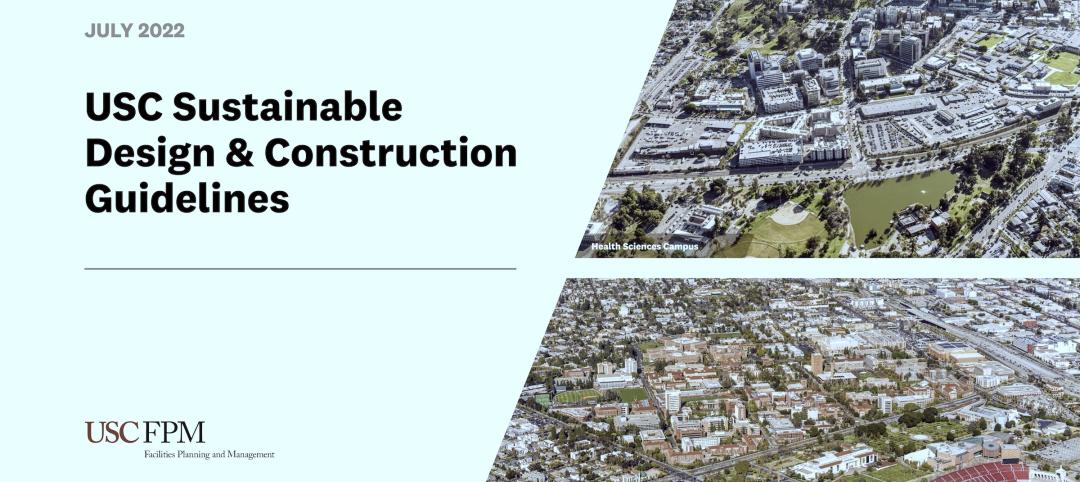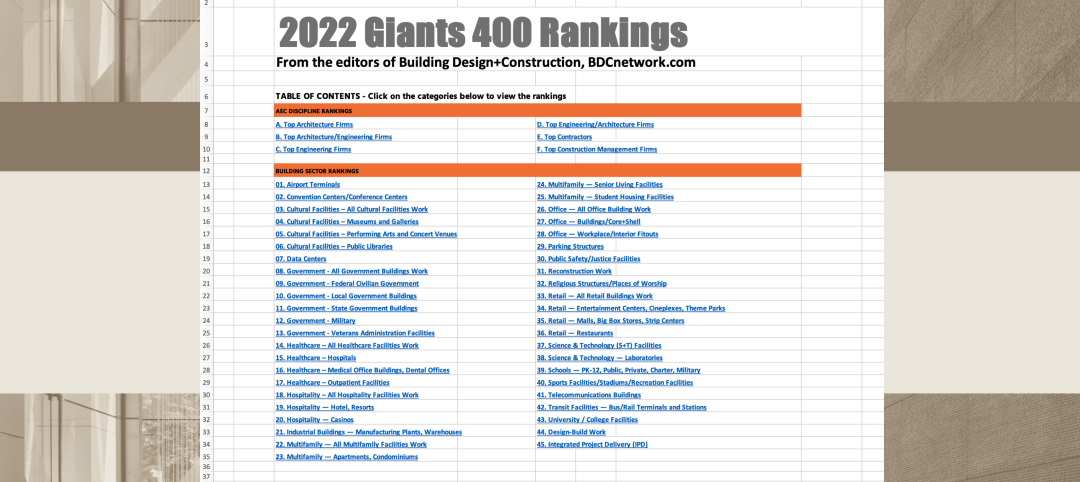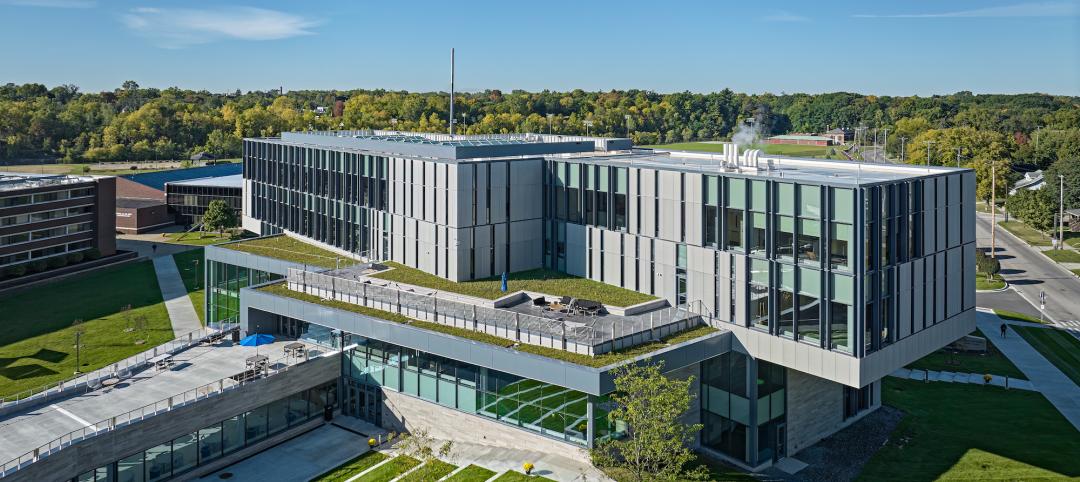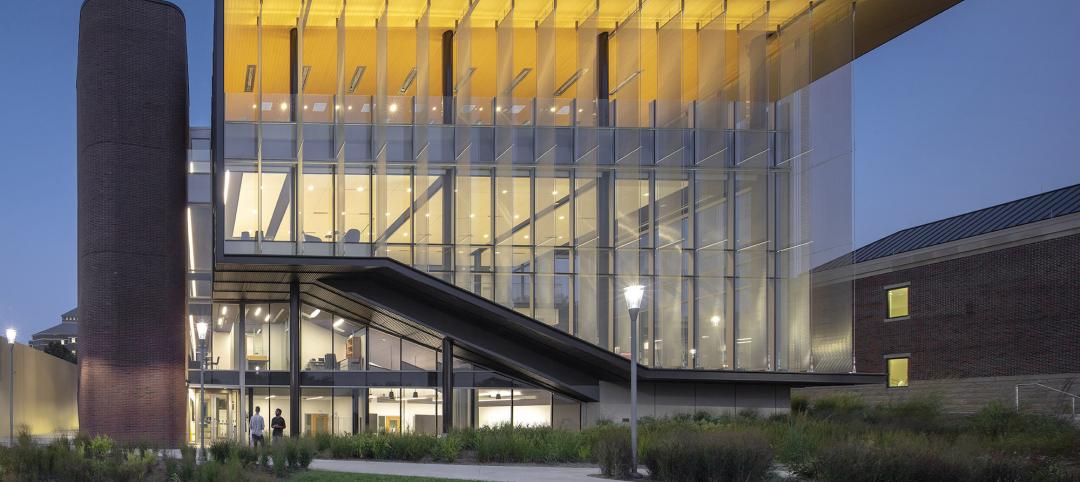U.S. engineering firm CEOs remain encouraged about overall company performance and market trends. They also see strong signs of recovery in industry employment, this according to the latest ACEC Engineering Business Index (EBI), which charts the health of the engineering industry.
EBI is a diffusion index, consolidating hundreds of engineering leader responses nationwide on market and firm performance into a single “confidence” number. Any score over 50 indicates expansion.
The third quarter EBI (Q3), conducted Sept. 17 to Oct. 3 of 275 engineering CEOs, presidents and chairmen, produced a positive composite score of 68.8, virtually unchanged from 68.9 in the second quarter.
Survey respondents reported a strong rebound in hiring: 67.4% said employment at their firm was equal to or higher now than pre-recession (2008) levels; 25% said employment was “at least 10%” higher. Only 32.7% said employment was lower.
Engineering leaders remained encouraged by company performance: 65% reported higher backlogs compared to this time last year—significantly more than the 51% in the second quarter. Almost half of Q3 respondents (49.3%) expect backlogs to increase further over the next 12 months.
Respondents also believe most private markets will continue to thrive: 61.7% expect improvement over the coming year in Land Development, 56.1% in Energy and Power, and 53.1% in Buildings and Commercial.
Public market expectations, however, continue to lag: only 43.8% of respondents believe the Water and Wastewater segment will improve by next year; only 39.7% said Transportation will improve.
For the complete Q3 summary of ACEC’s Engineering Business Index (EBI) go to www.acec.org.
Related Stories
Sustainability | Feb 9, 2023
New guide for planning, designing, and operating onsite water reuse systems
The Pacific Institute, a global nonpartisan water think tank, has released guidance for developers to plan, design, and operate onsite water reuse systems. The Guide for Developing Onsite Water Systems to Support Regional Water Resilience advances circular, localized approaches to managing water that reduce a site’s water footprint, improve its resilience to water shortage or other disruptions, and provide benefits for local communities and regional water systems.
Office Buildings | Feb 9, 2023
Post-Covid Manhattan office market rebound gaining momentum
Office workers in Manhattan continue to return to their workplaces in sufficient numbers for many of their employers to maintain or expand their footprint in the city, according to a survey of more than 140 major Manhattan office employers conducted in January by The Partnership for New York City.
Sustainability | Feb 9, 2023
University of Southern California's sustainability guidelines emphasize embodied carbon
A Buro Happold-led team recently completed work on the USC Sustainable Design & Construction Guidelines for the University of Southern California. The document sets out sustainable strategies for the design and construction of new buildings, renovations, and asset renewal projects.
University Buildings | Feb 9, 2023
3 ways building design can elevate bold thinking and entrepreneurial cultures
Mehrdad Yazdani of CannonDesign shares how the visionary design of a University of Utah building can be applied to other building types.
Giants 400 | Feb 9, 2023
New Giants 400 download: Get the complete at-a-glance 2022 Giants 400 rankings in Excel
See how your architecture, engineering, or construction firm stacks up against the nation's AEC Giants. For more than 45 years, the editors of Building Design+Construction have surveyed the largest AEC firms in the U.S./Canada to create the annual Giants 400 report. This year, a record 519 firms participated in the Giants 400 report. The final report includes 137 rankings across 25 building sectors and specialty categories.
University Buildings | Feb 8, 2023
STEM-focused Kettering University opens Stantec-designed Learning Commons
In Flint, Mich., Kettering University opened its new $63 million Learning Commons, designed by Stantec. The new facility will support collaboration, ideation, and digital technology for the STEM-focused higher learning institution.
Sustainability | Feb 8, 2023
A wind energy system—without the blades—can be placed on commercial building rooftops
Aeromine Technologies’ bladeless system captures and amplifies a building’s airflow like airfoils on a race car.
Codes and Standards | Feb 8, 2023
GSA releases draft of federal low embodied carbon material standards
The General Services Administration recently released a document that outlines standards for low embodied carbon materials and products to be used on federal construction projects.
University Buildings | Feb 7, 2023
Kansas City University's Center for Medical Education Innovation can adapt to changes in medical curriculum
The Center for Medical Education Innovation (CMEI) at Kansas City University was designed to adapt to changes in medical curriculum and pedagogy. The project program supported the mission of training leaders in osteopathic medicine with a state-of-the-art facility that leverages active-learning and simulation-based training.
Giants 400 | Feb 6, 2023
2022 Reconstruction Sector Giants: Top architecture, engineering, and construction firms in the U.S. building reconstruction and renovation sector
Gensler, Stantec, IPS, Alfa Tech, STO Building Group, and Turner Construction top BD+C's rankings of the nation's largest reconstruction sector architecture, engineering, and construction firms, as reported in the 2022 Giants 400 Report.
















